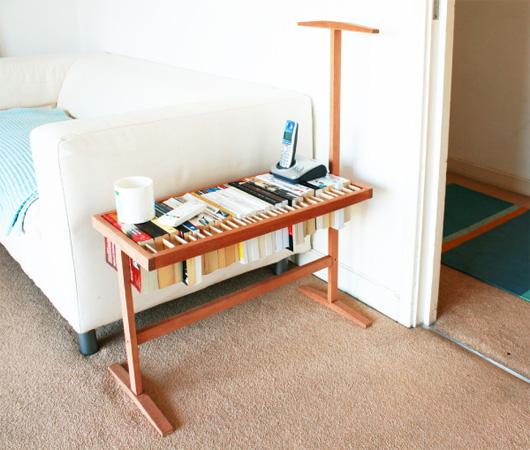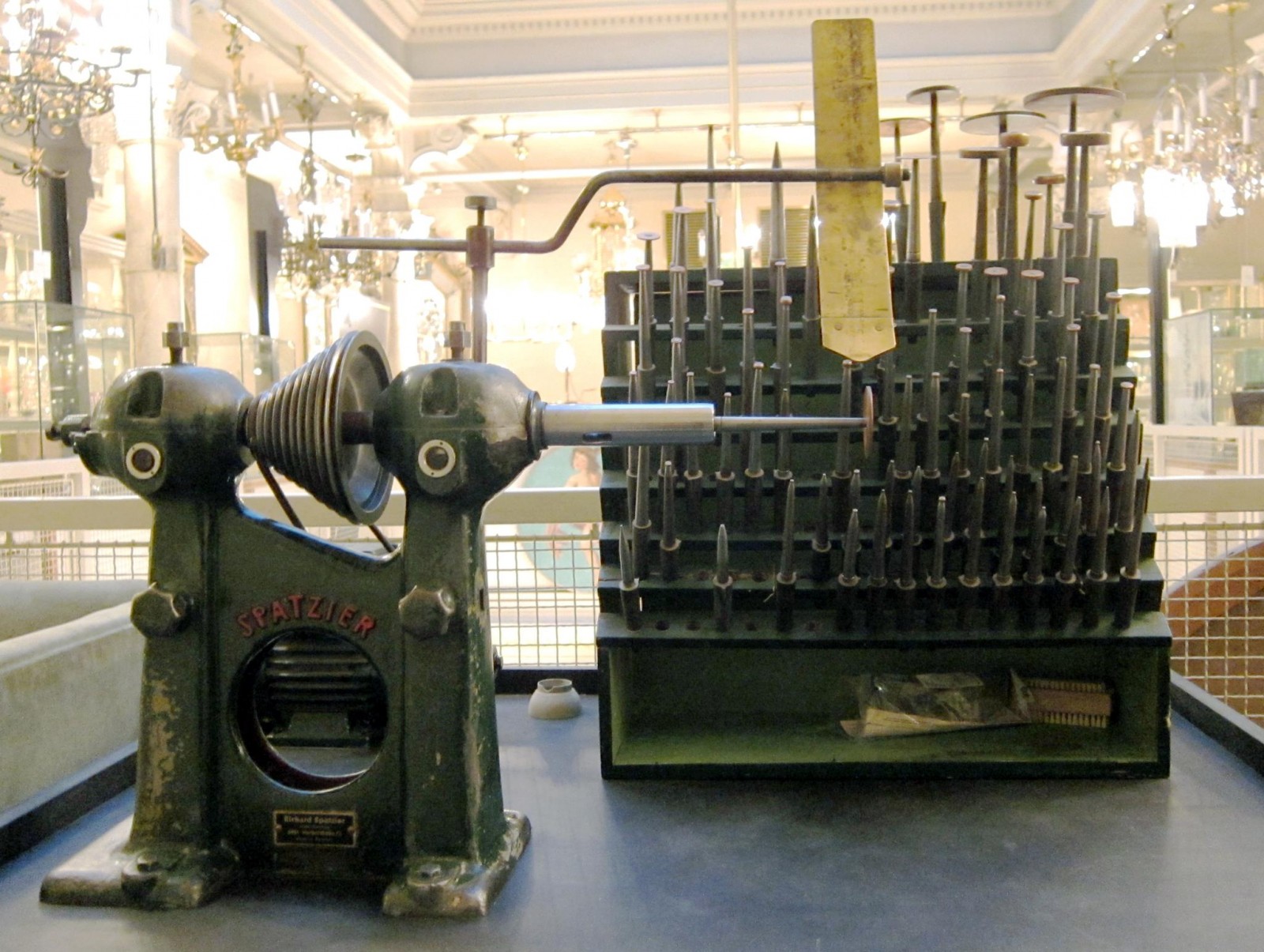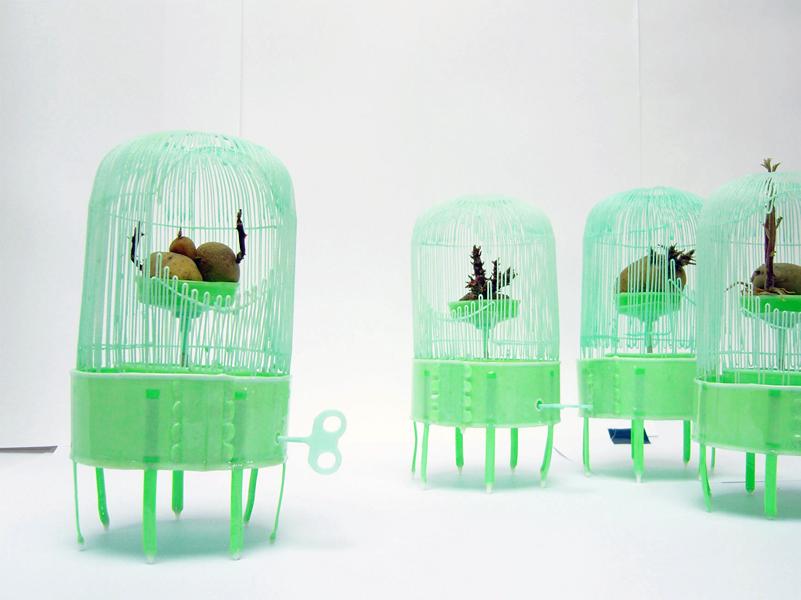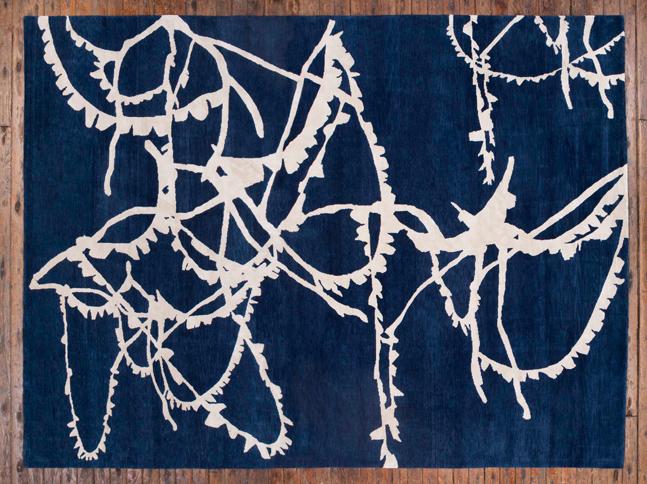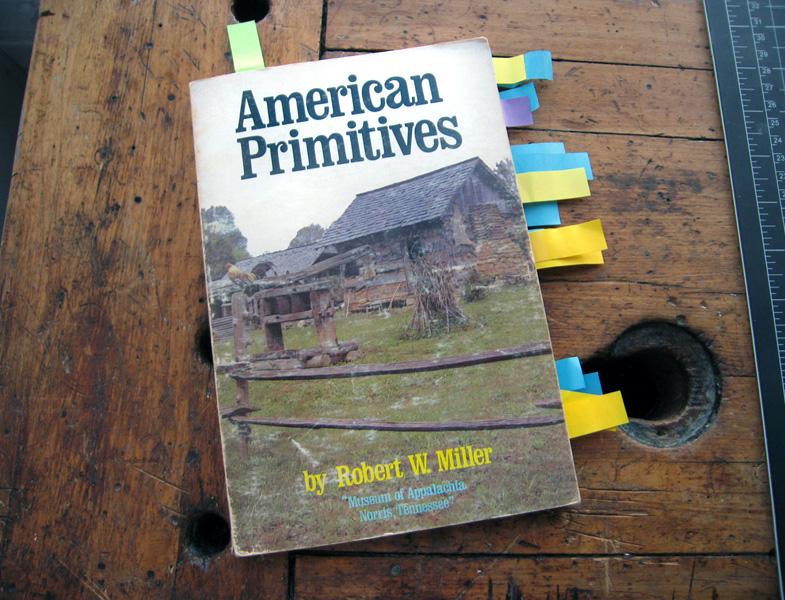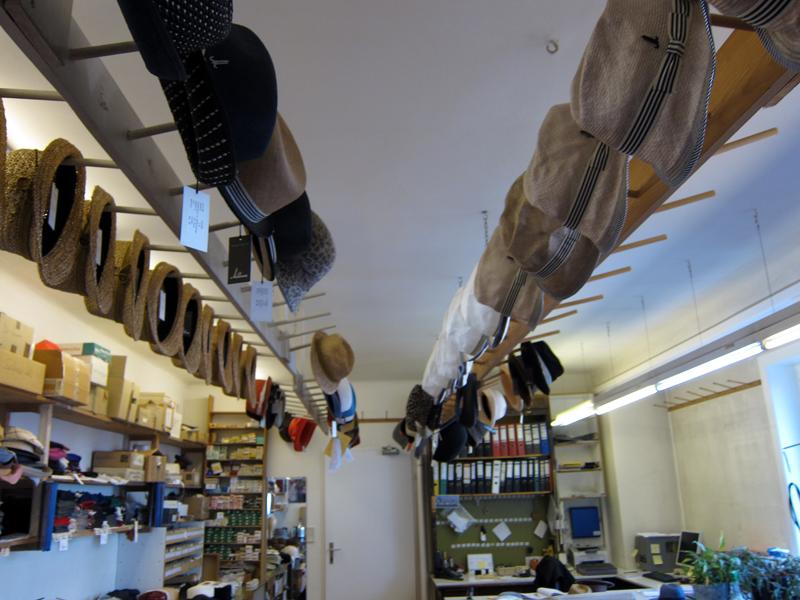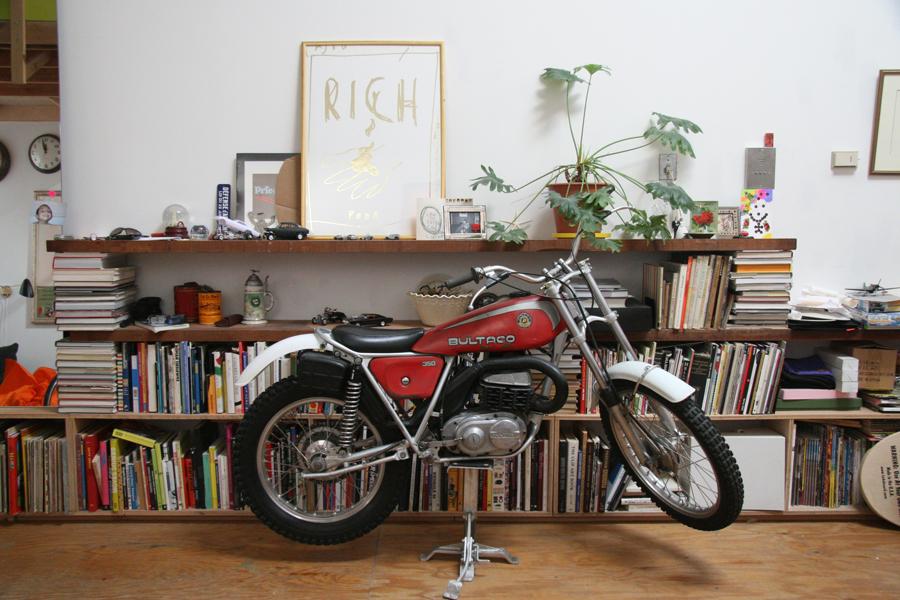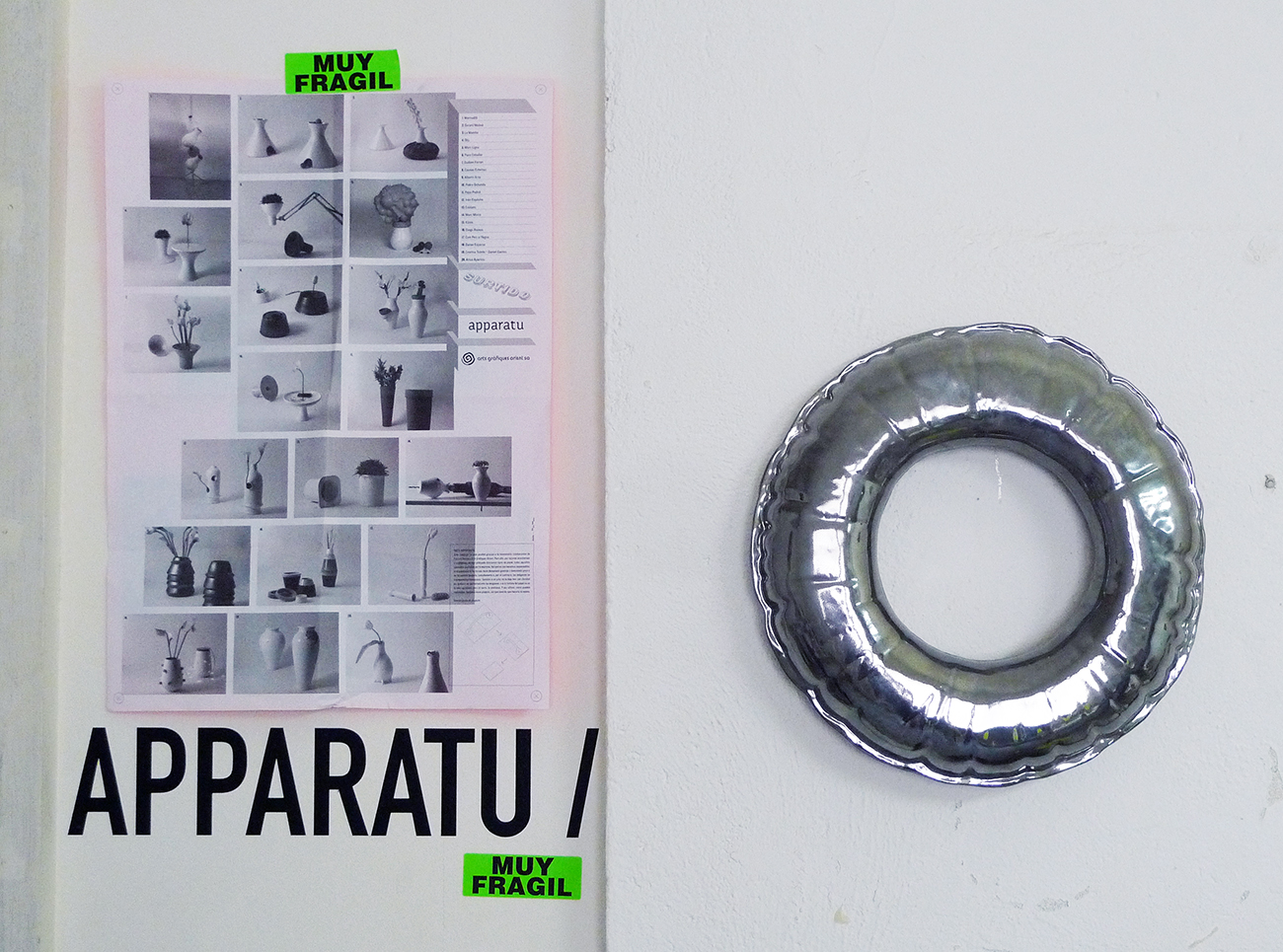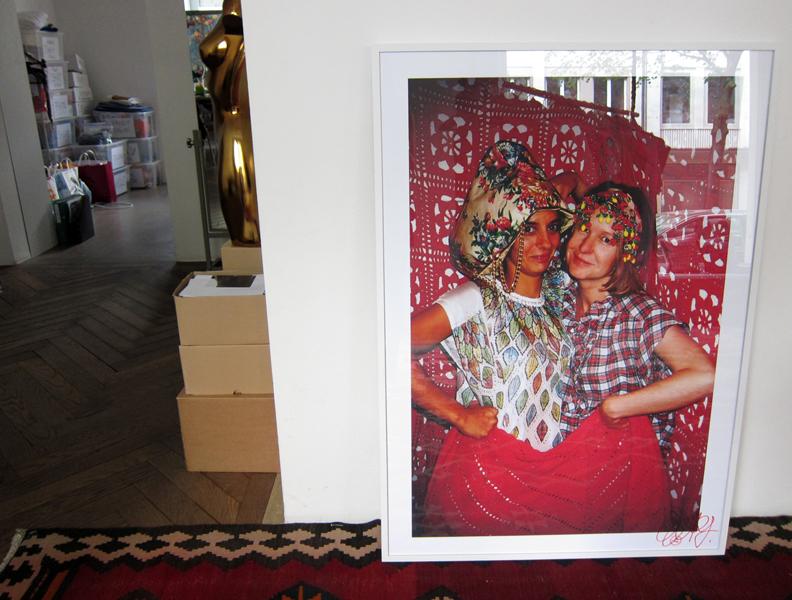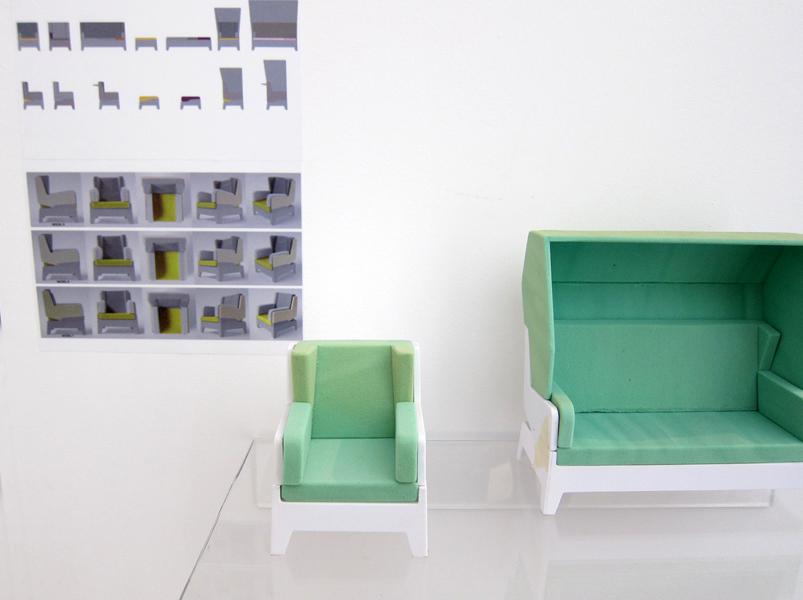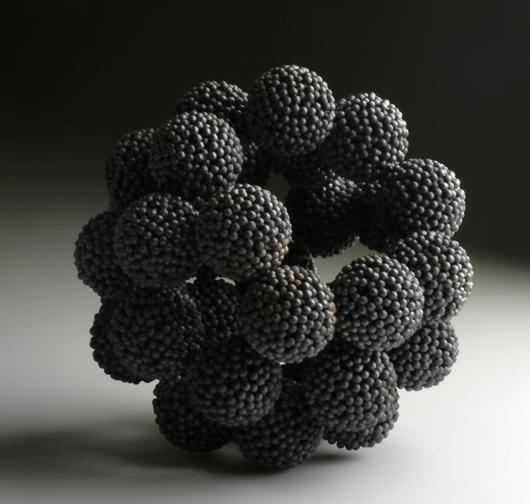
11.08.10
The Making of
David Huycke’s Granulation Series
The history of the metalworking technique known as granulation stretches back some 5,000 years, to when ancient goldsmiths in Egypt and the Eastern Mediterranean began fusing tiny ornamental gold balls onto jewelry surfaces using a painstaking invisible soldering process. It was used to decorate the rings of the queen of Ur in the Bronze Age, perfected by the Etruscans in the 7th century BC, and resurrected in 1933 by a jewelry maker looking to copy pieces from the British Museum's collection. Yet only when the contemporary Belgian silversmith David Huycke began experimenting with the obscure technique in 1996 did it feel like granulation had finally evolved — beyond the realm of fussy antique jewelry and into the world of modern design. For Re-Thinking Granulation, Huycke's show of granulated vessels and atomic sculptures on view now at the design museum Z33 in Hasselt, Belgium, he's worked on a blown-up scale and forsaken the idea of ornamentation in favor of letting each object's form grow organically from the process used to make it.
